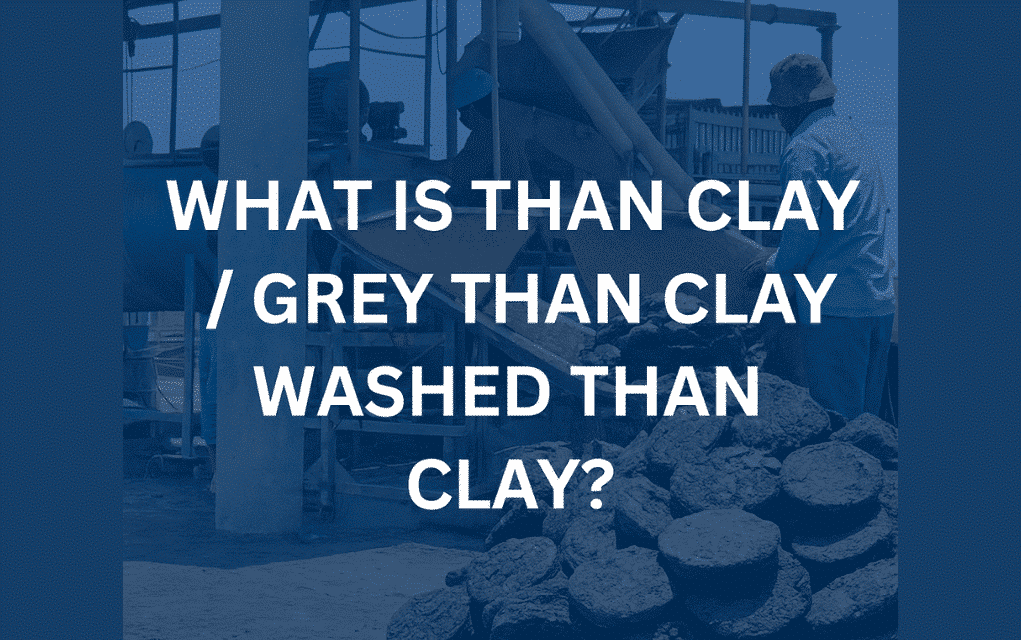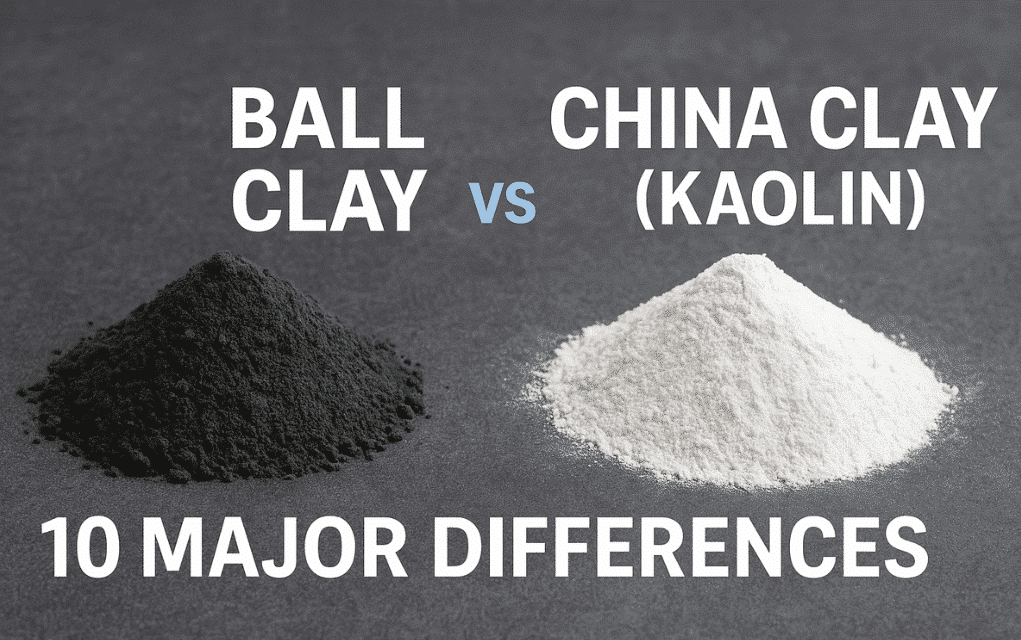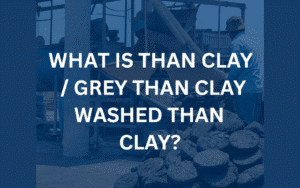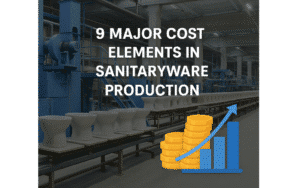Clays are used in different industries and processes based on their property requirements. Therefore, clay is tested for various properties to better understand its behavior. Below are the twenty-plus tests to understand the clay properties. These tests can be done for ball clay as well as china clay.
XRD
This test will identify the minerals and their percentage in the clay
Chemical analysis
Chemical analysis can be done using two methods: one is the XRF, and another is the titration method. We can determine the elements present in the clay and their respective percentages
Particle size distribution
PSD is done using the sedimentation method, or sedigraphy. This test helps determine the clay particle size and the percentage in each size
Salts
This test helps determine the salt content present in the clay. The unit for this test is ppm. Less than 1000 ppm clay is considered good
Sulfates
This test helps determine the sulfate content in the clay. Like soluble salts, the unit is also ppm. Lower sulfate levels are beneficial (less than 200 ppm)
PH
The clay’s pH is found by mixing it with water and filtering it. This filtered water is used to test the pH of the clay.
Conductivity
Like pH, filtered water is used to check the conductivity of the clay. A conductivity meter is used to check the conductivity of the clay. The unit of conductivity is µS/cm
MBI(Methylene Blue Index)
This test is used to understand the surface area of the clay particles. A bigger MBI number indicates finer clay.
Residue test
This test helps to understand the residue of clay at different sieve sizes. Residues are checked at 80#, 100#, 200#, and 350# sizes to understand better.
Oil Absorption
This test determines the quantity of oil (linseed oil) required for the clay to develop into a coherent mass. This is an important clay property for the paint industry.
Deflocculant demand
This refers to the quantity of deflocculant (sodium silicate) needed to achieve a specific fluidity level in the clay slurry at a given density. This property is important for the production process of slip casting.
Cast rate
The thickness of the clay slurry formed in a plaster of Paris mold is measured during the casting process. The unit of cast rate is mm, and this is tested for 30 minutes or 1 hour.
Water of Plasticity
The term “Water of Plasticity” refers to the quantity of water necessary to transform the clay into a workable plastic mass. This property is crucial for the clay used in the tile manufacturing process.
MOR
For Clay, dry MOR and fired MOR are tested. The purpose of dry MOR is to understand the strength of the clay before firing. The fired MOR is to understand the strength of clay after firing. The unit of MOR is kgf/cm²
Shrinkage
This test assesses the shrinkage that occurs during both drying and firing, as well as the overall shrinkage of the clay. The unit of shrinkage is %.
Warpage
This test helps us to understand the degree of deformation that happens in the clay during firing
Pyrometric cone equivalent
This test helps us determine the softening temperature of the clay.
LOI
The loss-on-ignition test helps us understand the weight loss during firing, which occurs due to the presence of chemically combined water and organic impurities in the clay. The unit of LOI is %.
Cold Crushing Strength
This test is to understand the maximum compressive load the body of fired clay can withstand at room temperature. The unit of CCS is kg/cm². This property holds significant importance in the production of bricks.
Abrasion resistance
This test helps determine the abrasive properties of the clay. Clay is fired in a fixed shape and tested with an abrasion wheel to determine the weight loss because of the abrasion
Atterberg number
This test helps determine the critical water content of the clay
Slaking test
This test helps determine the slaking behavior of the clay. This property is important for the clay, which is used for the slip casting process.
Color
The color value of the clay after firing is important for tableware and tile products. This test is done on a fired slab/button using a spectrophotometer.
Key takeaway
- XRD, chemical analysis, PSD, salts, sulfates, pH, conductivity, MBI, LOI, and residue are common tests done on all types of clays for better understanding.
- Slaking, deflocculant demand, and cast rate are important for the slip casting production process.
- Water of plasticity is an important property for the extrusion or pressing production process .
- If the clay undergoes firing, then shrinkage and warpage are tested.
- For the paint industry, the oil absorption property is tested.
- For brick-like products the cold crushing strength is important.
Find the difference between ball clay and china clay.














Post Comment